Red Chokeberry Tree Bare-root 6-12 Inch Tall | 2 Bare-roots, Pollinator-Friendly, Edible Fruit
Original price was: $59.99.$34.99Current price is: $34.99.
The Red Chokeberry Tree Bare-root (Aronia arbutifolia) is low-maintenance and pollinator-friendly. Features vibrant flowers and edible fruits. Perfect for erosion control.
Estimated arrival
Dec 28
Jan 02 - Jan 04
Jan 07 - Jan 11
Reasonable Price
We offer reasonable price

Support 24/7
Contact us 24 hrs a day

100% Money Back
You've 30 days to Return

Payment Secure
100% secure payment
Red Chokeberry Tree: Beauty and Functionality for Your Garden
The Red Chokeberry Tree (Aronia arbutifolia) is a versatile, low-maintenance deciduous shrub that adds both vibrant color and functional benefits to your landscape. This tree is known for its stunning clusters of white flowers in the spring, which attract a variety of pollinators, including bees and butterflies, creating a lively and ecologically beneficial garden environment. During the summer months, it produces small, round, dark, purplish-black berries that are not only edible but also provide a valuable food source for local wildlife, such as birds and small mammals. This makes the Red Chokeberry a great addition to any garden that wants to attract a variety of wildlife.
In the fall, the Red Chokeberry Tree truly shines with a spectacular display of bright orange and red foliage, making it an excellent ornamental tree for any garden. This vibrant fall color transformation adds significant visual appeal to your landscape. The tree is remarkably adaptable, thriving in various soil types and moisture conditions. It is particularly tolerant of wet soils, making it an ideal choice for areas prone to erosion, where its robust root system helps stabilize the soil and prevent further degradation. The tree’s ability to grow root suckers also allows it to naturally spread and form thickets or colonies, which are perfect for naturalized garden areas or creating effective shrub borders.
Whether you’re aiming to enhance your garden’s biodiversity, attract pollinators, or create a vibrant backdrop in your landscape, the Red Chokeberry Tree offers both aesthetic beauty and practical functionality. Its stunning flowers, edible berries, and vibrant fall foliage make it a standout choice for any garden design. Plus, its low-maintenance care requirements make it an excellent option for both experienced and novice gardeners. The Aronia arbutifolia is truly a great choice to add to your landscape.
Key Benefits:
- Attracts Pollinators: Clusters of showy white flowers attract bees, butterflies, and other pollinators.
- Edible Fruits: The dark, purplish-black berries are enjoyed by wildlife and can be harvested for human consumption.
- Fall Foliage: The tree provides stunning orange and red autumn colors, making it an excellent ornamental tree.
- Erosion Control: Ideal for areas with wet soils, the tree helps prevent erosion with its spreading root system.
- Low Maintenance: The Red Chokeberry Tree adapts well to various soil types and moisture levels, requiring minimal care.
Here are some frequently asked questions about the Red Chokeberry Tree:
- How do I plant the Red Chokeberry Tree Bare-root?
To plant the Red Chokeberry Tree Bare-root, dig a hole wide and deep enough to accommodate the root system. Place the roots in the hole, ensuring the crown is slightly above soil level. Fill the hole with soil and water thoroughly. - Are the fruits of the Red Chokeberry Tree edible?
Yes, the dark, purplish-black berries are edible. While they are tart, they can be used in jams, jellies, or eaten raw if you enjoy their sharp flavor. The berries are also enjoyed by birds and wildlife. - Will the Red Chokeberry Tree grow in wet soils?
Yes, the Red Chokeberry Tree is highly tolerant of wet soils and thrives in areas with moist conditions. It’s perfect for planting near streams, ponds, or in rain gardens. - Does the Red Chokeberry Tree require a lot of maintenance?
No, this tree is low-maintenance and can thrive in a wide variety of soil types and moisture conditions. It requires occasional pruning to maintain shape, but otherwise, it’s an easy-care plant. - Can the Red Chokeberry Tree be used for erosion control?
Yes, the Red Chokeberry Tree is excellent for erosion control. Its spreading root system helps stabilize the soil, making it ideal for planting on slopes or other erosion-prone areas.
Be the first to review “Red Chokeberry Tree Bare-root 6-12 Inch Tall | 2 Bare-roots, Pollinator-Friendly, Edible Fruit”
-
USDA Hardiness Zone
3-8 -
Soil Type
Adaptable to various soil types, including clay, loam, and sand. Prefers well-drained soil but tolerates wet conditions. -
Sunlight Exposure
Full sun to partial shade -
Expected Planting Period
Spring or Fall

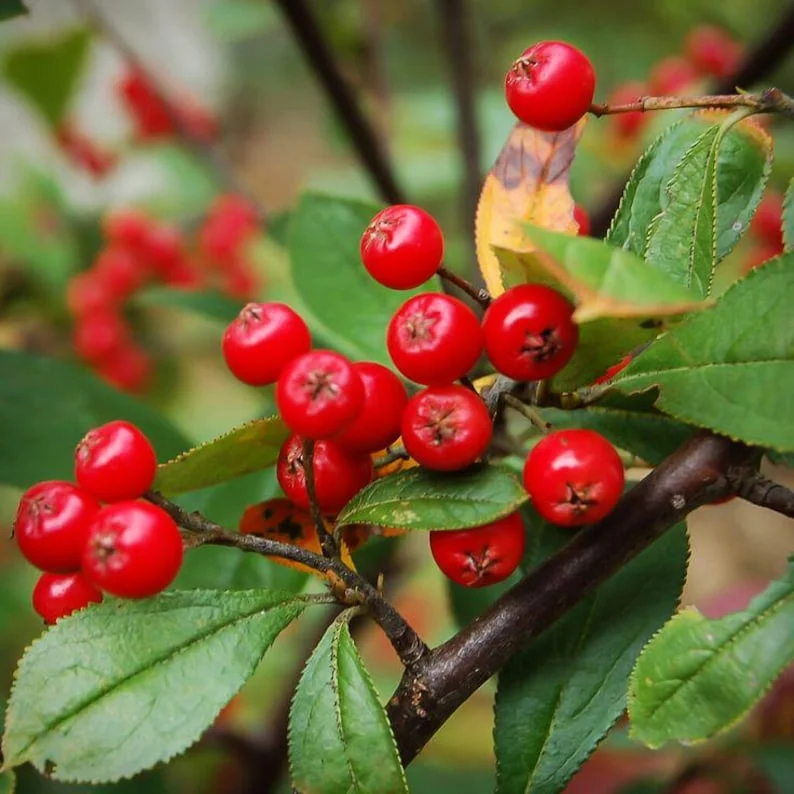
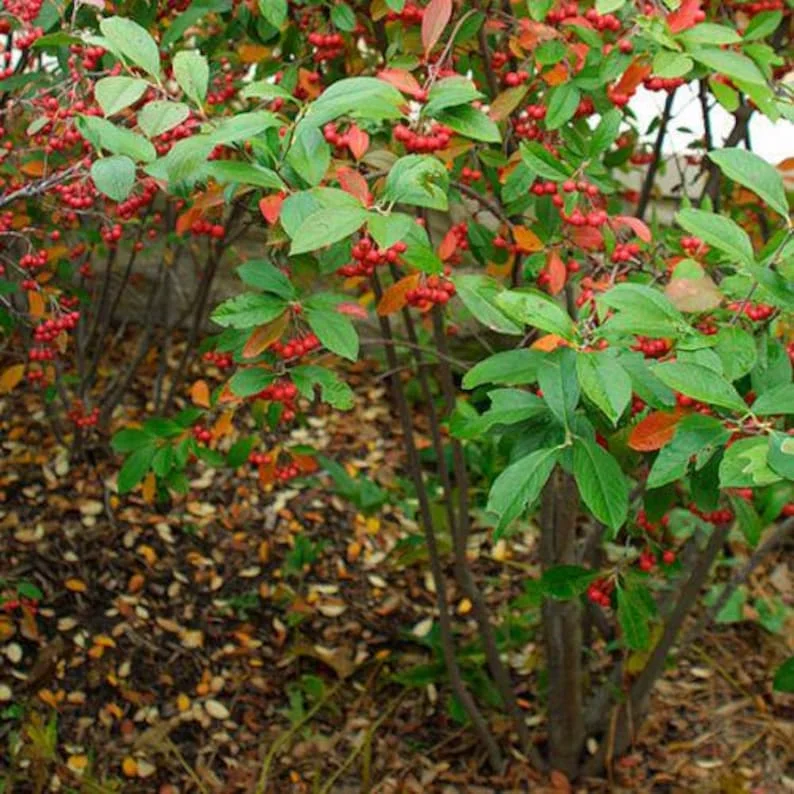
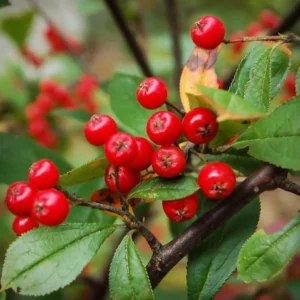
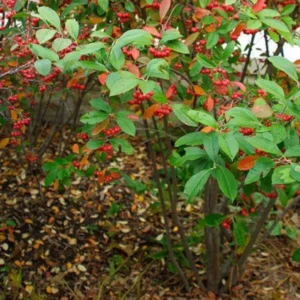

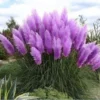
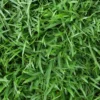
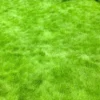
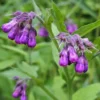
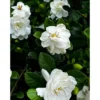
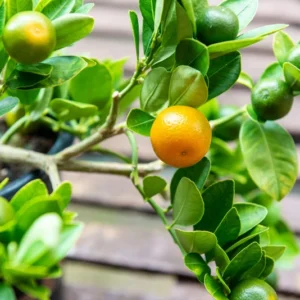
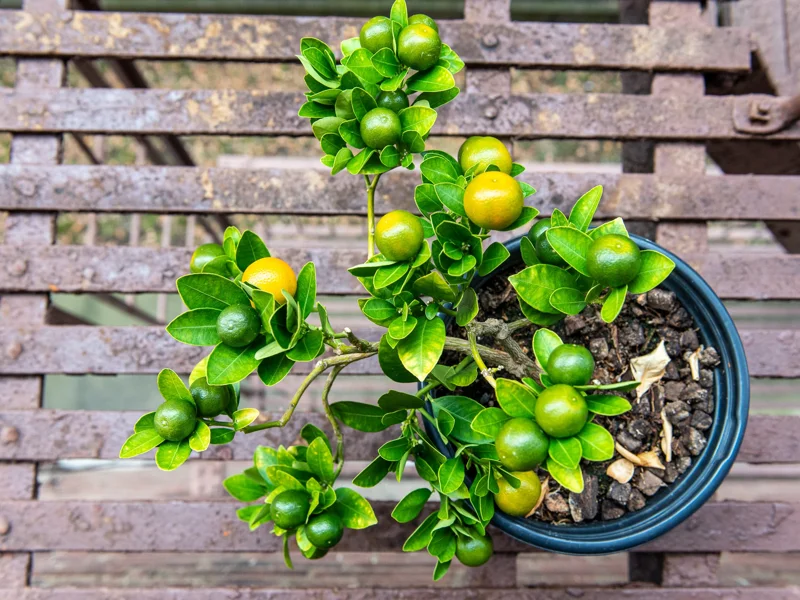
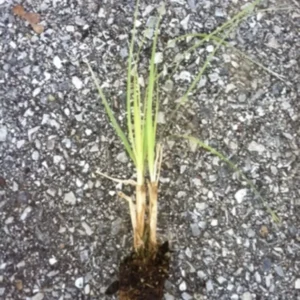
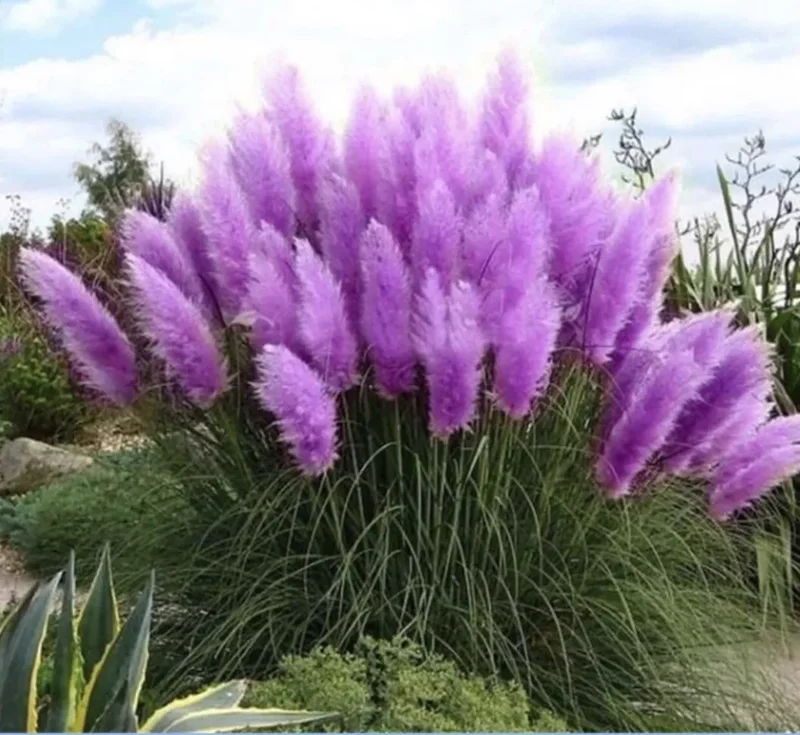
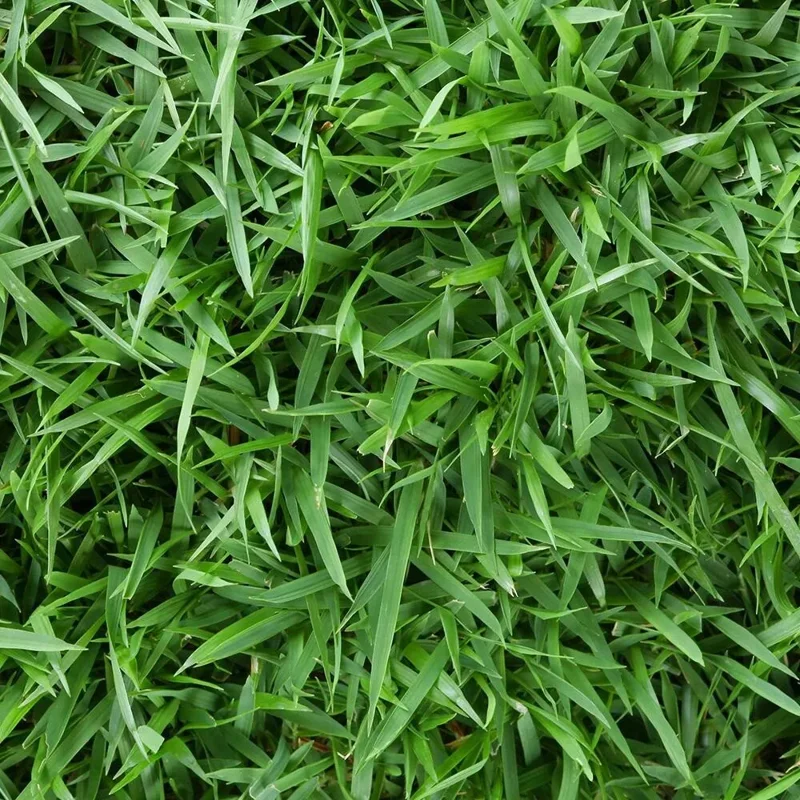
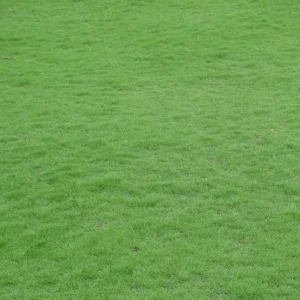
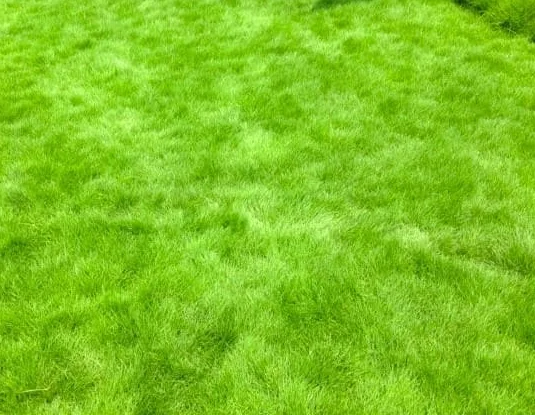
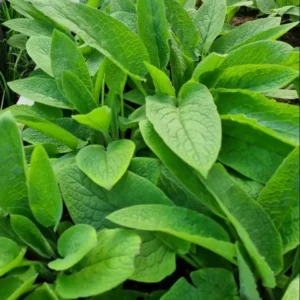
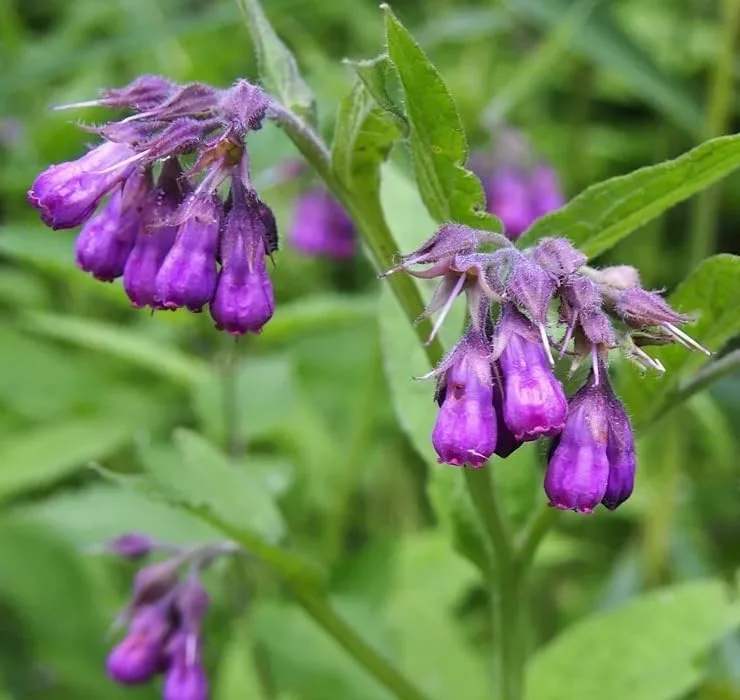

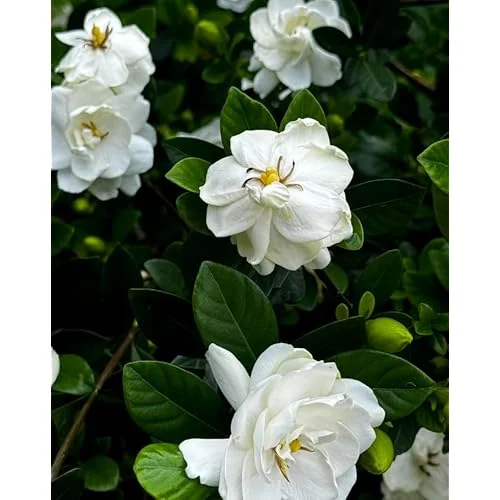
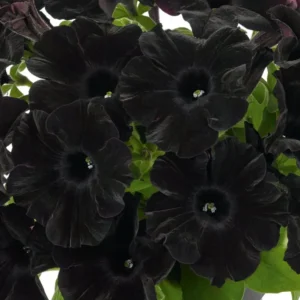
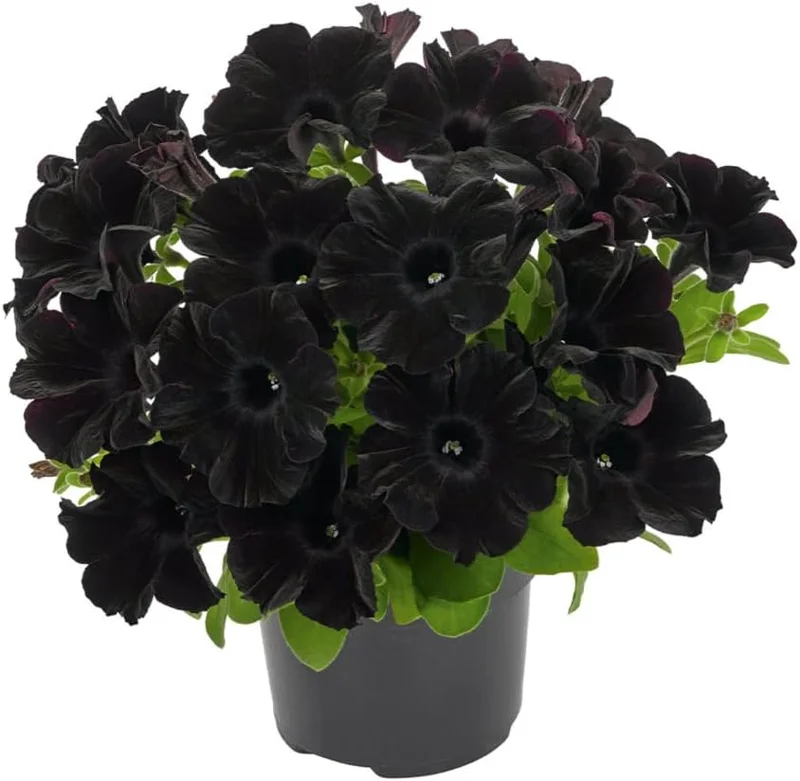
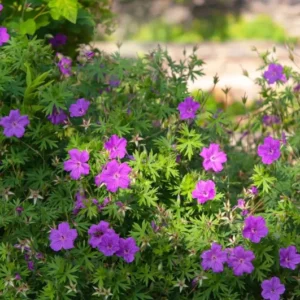
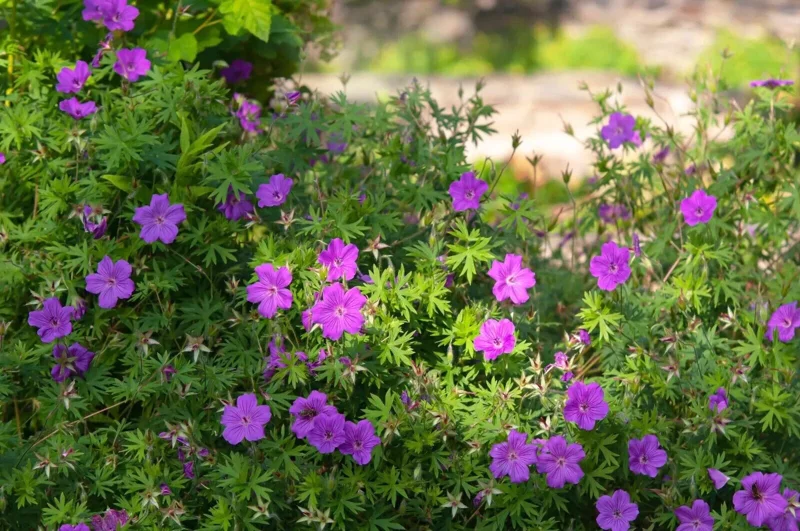
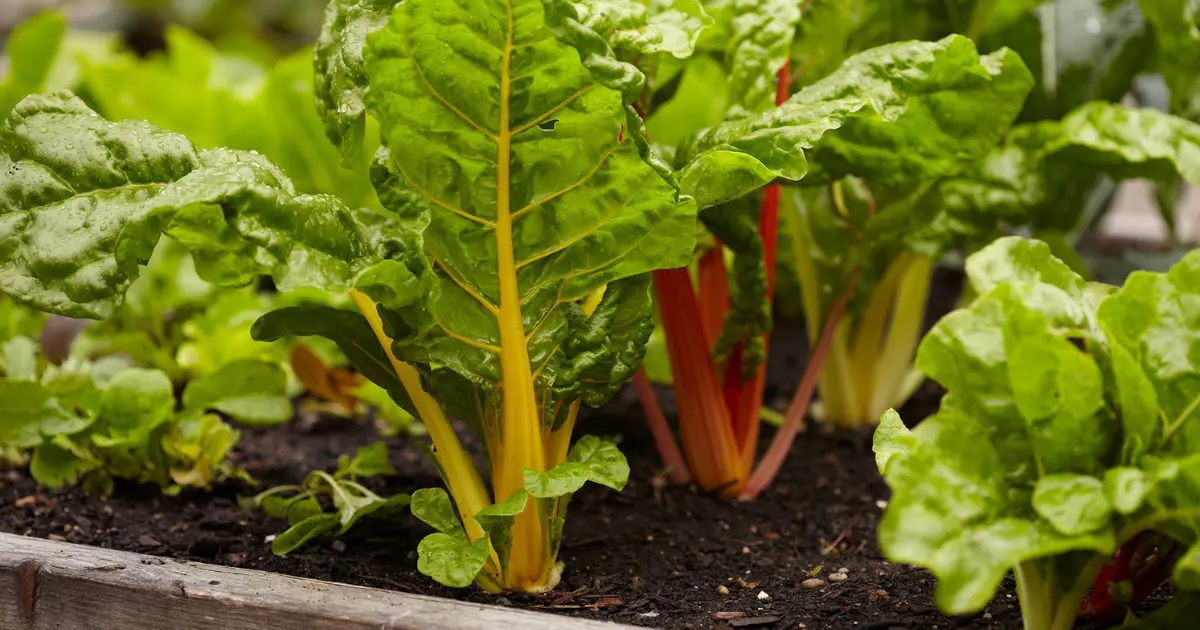
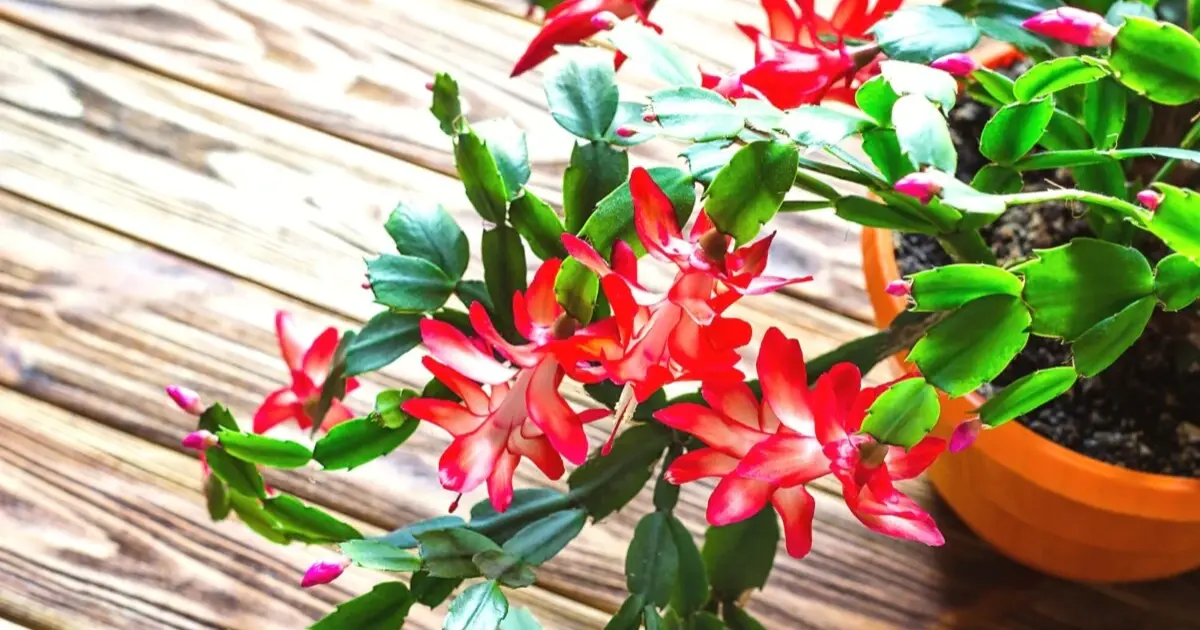
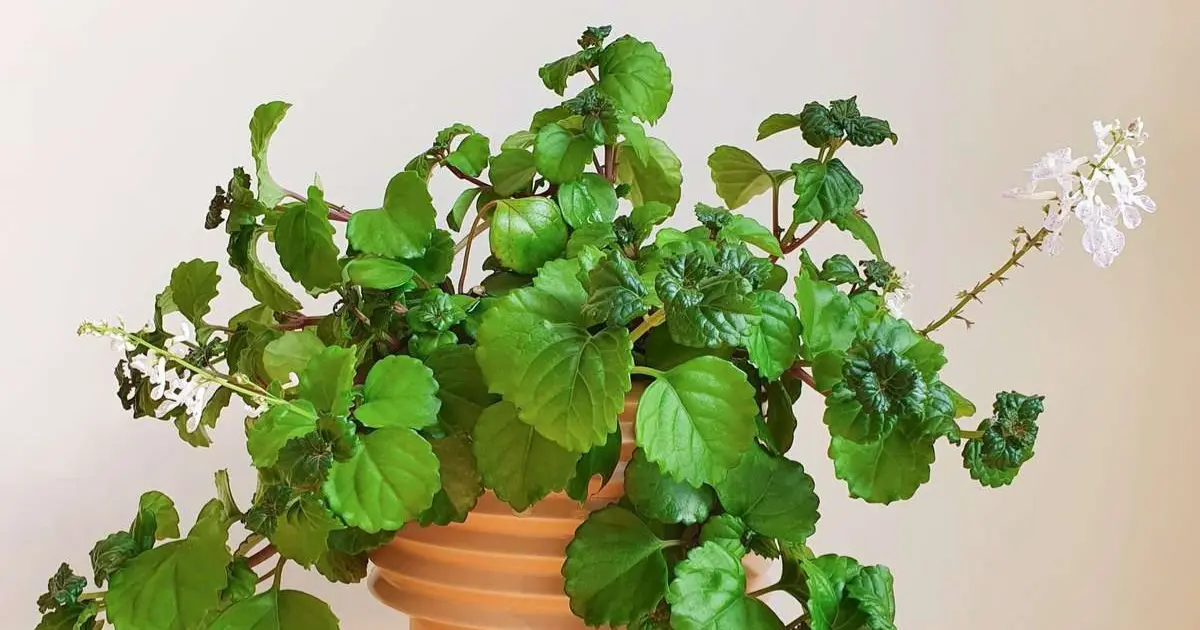
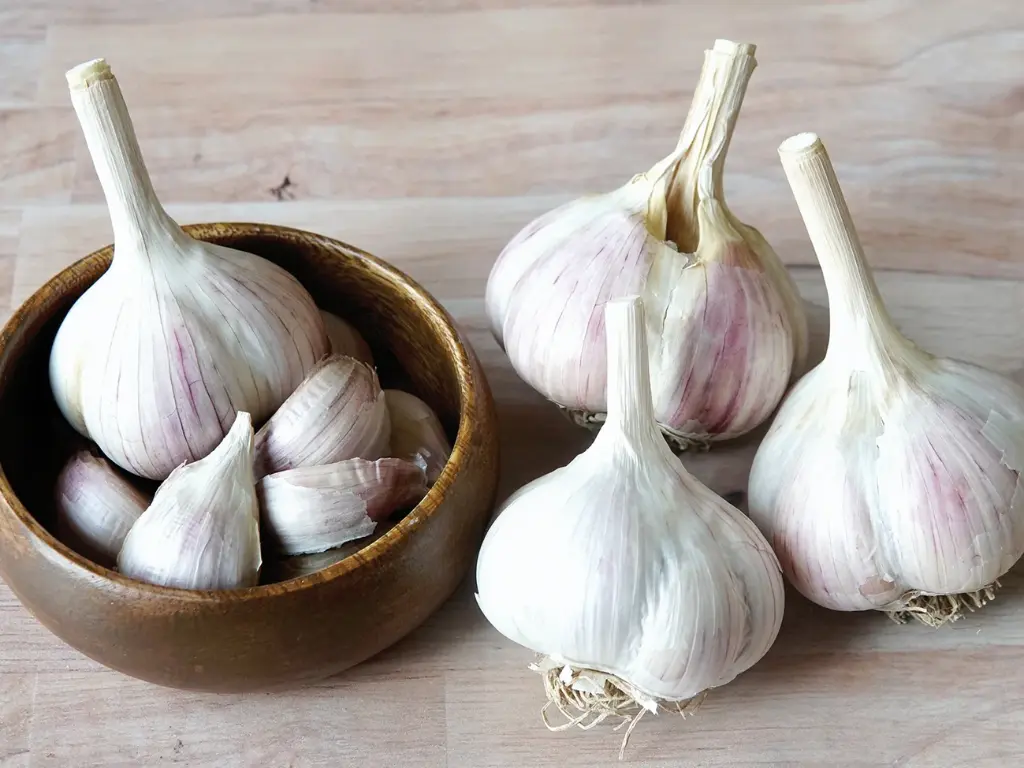
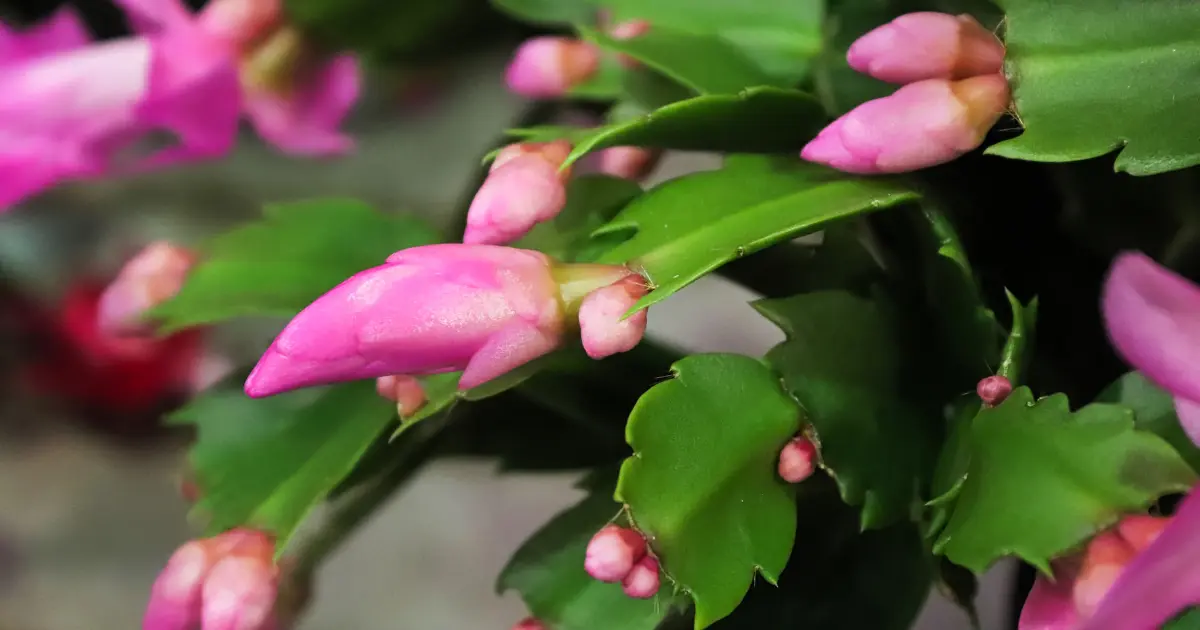

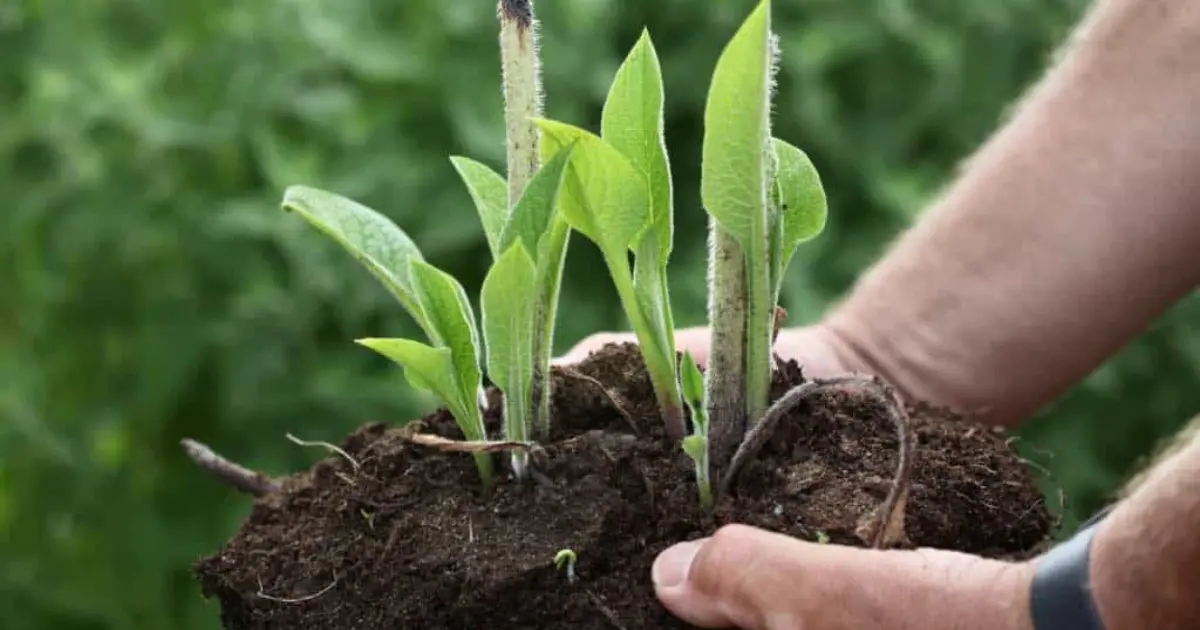
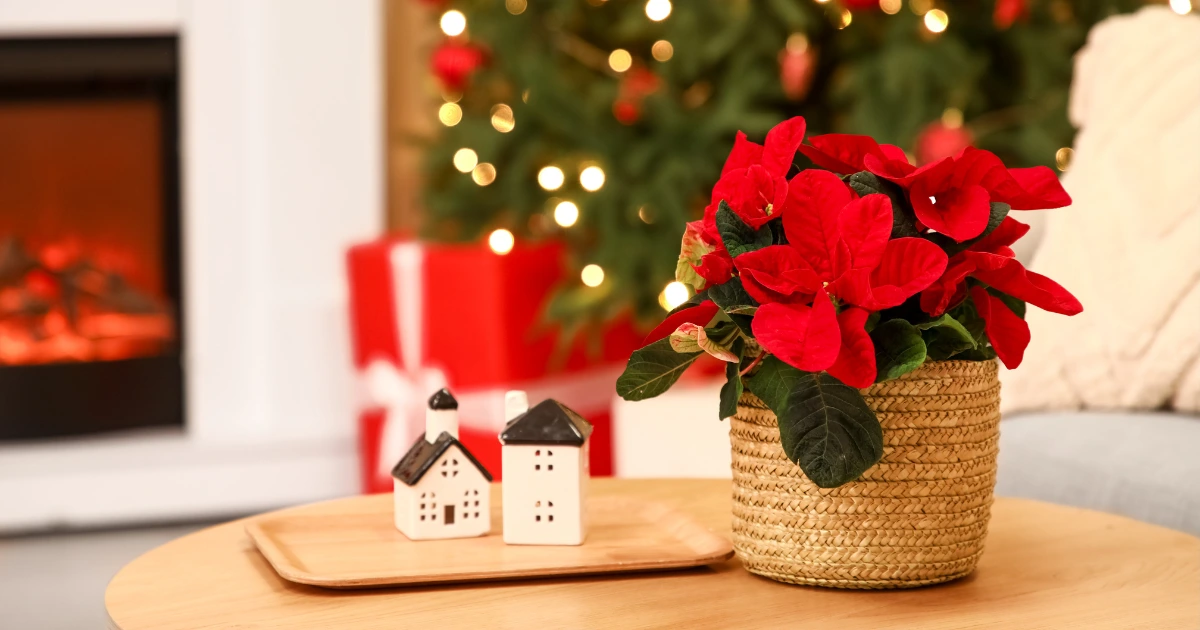
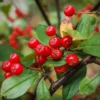
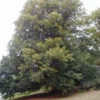
Reviews
There are no reviews yet.